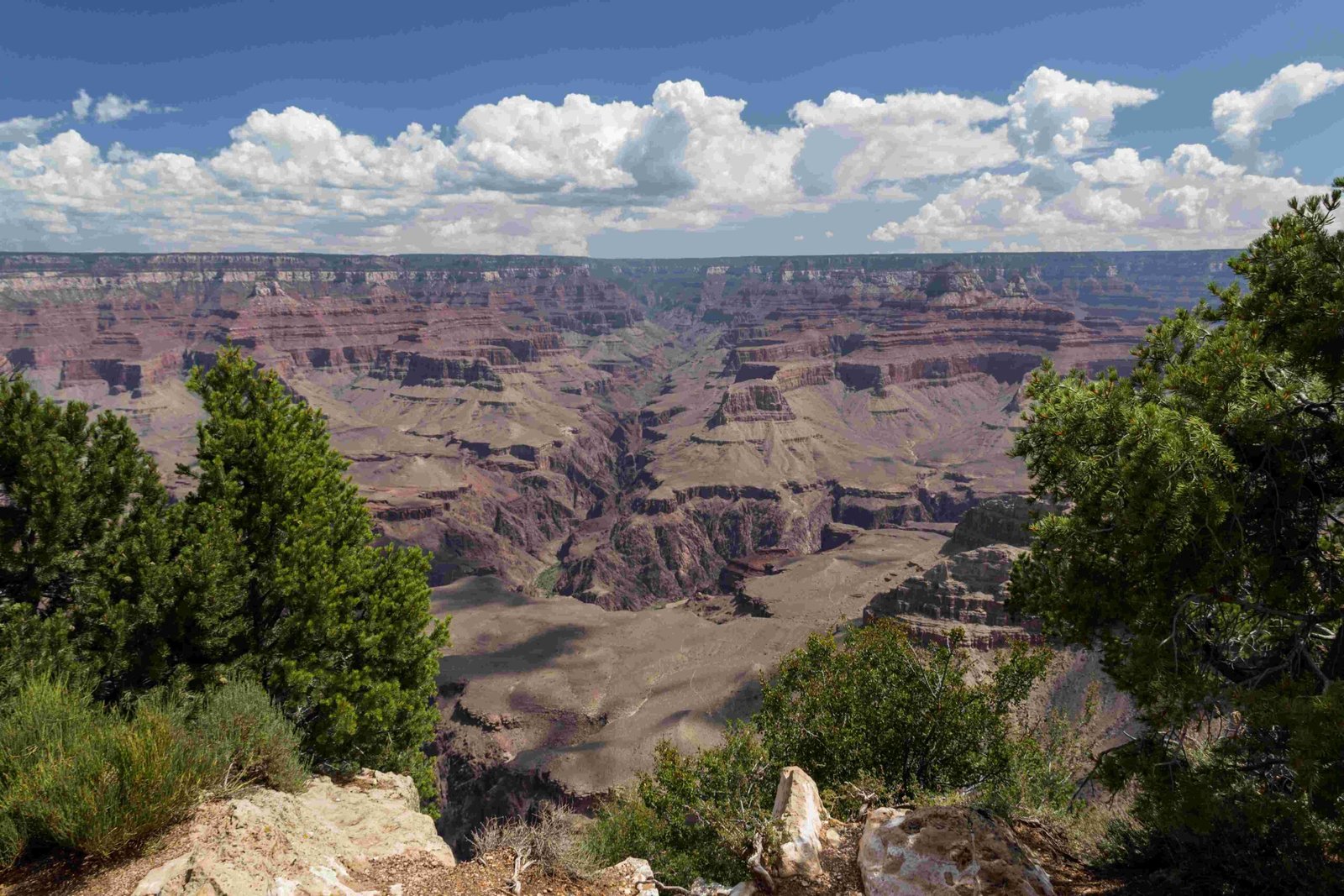The Grand Canyon’s geological complexity reveals gold deposits primarily concentrated in specific levels and formations, particularly within the adjacent Gold Basin and Lost Basin districts. Gold exists in two primary manifestations: placer deposits in ancient river gravels and lode gold veins embedded in Early Proterozoic metamorphic and igneous rock structures, with concentrations varying across different geological strata and elevational zones.
What Geological Levels Contain Gold Deposits?

Placer Gold Locations
Placer gold in the Grand Canyon is predominantly found in:
- Ancient gravel bars along the Colorado River
- Valley portions of Gold Basin and Lost Basin
- Older gravels exposed in basin regions
- Areas with significant slope and erosional characteristics
Lode Gold Characteristics
Lode gold deposits are associated with:
- Late Cretaceous period vein emplacement
- Early Proterozoic metamorphic rock structures
- Low-angle detachment surfaces
- Episyenitic alteration pipes
How Deep Are Gold Deposits Located?

| Deposit Type | Depth Range | Geological Formation |
|---|---|---|
| Placer Gold | Surface to 20-30 meters | River gravels |
| Lode Gold | 50-300 meters | Metamorphic rock veins |
| Detachment Veins | Traced up to 30 km | Low-angle structures |
Where Can Gold Be Found in the Grand Canyon?
Specific Geological Zones
- Gold Basin Mining District
- Lost Basin Mining District
- Colorado River gravel bars
- Northwestern Arizona regions near Lake Mead
Gold Composition Details
- Silver content: 6-50 weight percent
- Copper content: 0.01-0.5 weight percent
- Formation temperature: 150-280°C
- Pressure range: 50-70 MPa
What Challenges Exist in Gold Extraction?
Historical and Modern Constraints
- Remote location accessibility
- Challenging terrain
- Strict national park regulations
- Limited economic viability of small gold concentrations
- Complex geological structures
Exploration Considerations
Legal and Environmental Restrictions
- Gold prospecting within Grand Canyon National Park is heavily regulated
- Mining activities require specific permits
- Most areas are protected under conservation laws
Recommended Exploration Approach
- Conduct thorough geological surveys
- Use advanced geophysical mapping techniques
- Collaborate with geological research institutions
- Respect environmental preservation guidelines
Technical Geological Insights
Rock Formation Characteristics
The gold-bearing formations are primarily associated with:
– Early Proterozoic metamorphic rocks
– Late Cretaceous magmatic events
– Complex structural deformation zones
– Hydrothermal fluid interaction regions
Mineral Concentration Factors
- Slope gradient
- Erosional processes
- Structural geological features
- Hydrothermal fluid dynamics
Conclusion
Gold in the Grand Canyon exists across multiple geological levels, with primary concentrations in the Gold Basin and Lost Basin districts. While economically challenging to extract, these deposits represent fascinating geological evidence of complex mineral formation processes.

